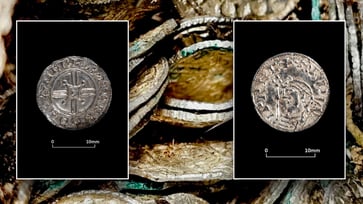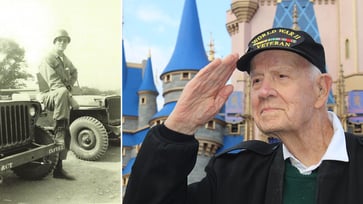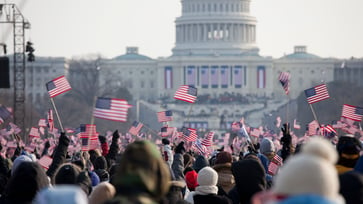On this day in history, August 21, 1959, Hawaii is admitted into the Union as the 50th state: 'A more united nation'
Eisenhower wished for Hawaii's prosperity, security, happiness, and a closer relationship with other states.
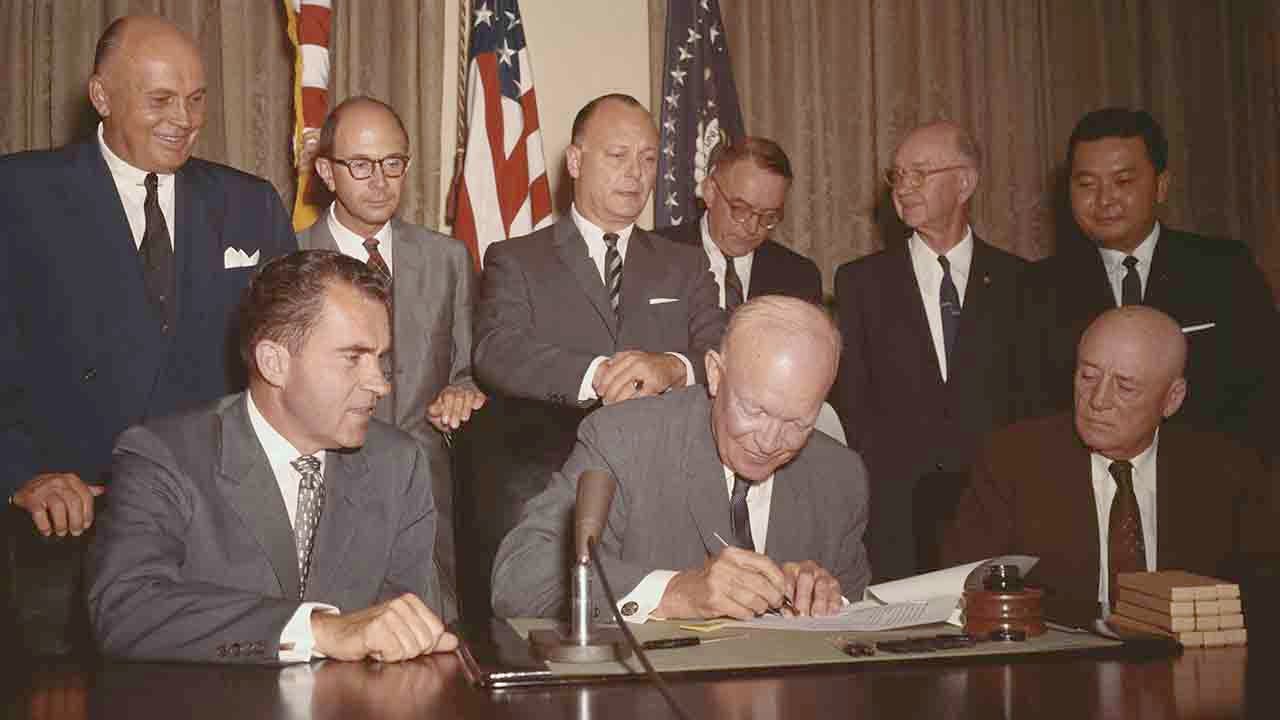
On August 21, 1959, President Dwight Eisenhower issued a proclamation that recognized Hawaii as the 50th state.
Eisenhower stated in his extemporaneous remarks following the signing of the proclamation that all 49 states would welcome Hawaii into the union.
Hawaii's addition to the United States as the second state in a year was considered "truly historic" by him.
Eisenhower stated, "We will wish for her prosperity, security, happiness, and a closer relationship with all the other states. We know that she is ready to contribute to making this union a stronger nation – a stronger people than it was before due to her presence as a full sister to the other 49 states."
The statehood of Hawaii was the first time in 158 years that Congress was made up solely of senators and representatives, rather than "delegates" who had previously represented the Hawaii and Alaska territories.

Eisenhower remarked that the senators and congressmen have replaced the delegates.
The position of "delegate" would return to Congress in the 1970s.
According to Congress's official website, as of 2023, the District of Columbia, American Samoa, U.S. Virgin Islands, Guam, and the Northern Mariana Islands have a non-voting delegate in Congress.
The Hawaii Admission Act, passed in March 1959, led to the statehood of Hawaii.
The Hawaii Admission Act provided that Section 7b required Hawaiians to vote on whether they wanted to become a state and agreed with the rest of the act's provisions.
The bill defines Hawaii as all the islands, along with their attached reefs and territorial waters, included in the Territory of Hawaii on the date of enactment of this Act, except for Palmyra Island and its attached reefs and territorial waters. However, Hawaii shall not include the Midway Islands, Johnston Island, Sand Island (off-shore from Johnston Island), or Kingman Reef, along with their attached reefs and territorial waters.

On June 27, 1959, Hawaii was admitted to the United States as a state after Hawaiians voted in favor of statehood in a landslide election.
That remains the highest electoral turnout in state history.
Hawaii's statehood occurred more than 50 years after the US annexed the islands in 1898. Nevertheless, the region's history dates back much further.
According to the Hawai'i Tourism Authority website, Polynesians arrived in Hawaii approximately 1,500 years ago.
In 1778, Captain James Cook arrived on Kauai, marking the first European exploration of any of the Hawaiian Islands. He christened the islands the Sandwich Islands.
The Hawai'i Tourism Authority noted that Cook would be killed on the island of Hawaii one year later.
In 1810, King Kamehameha I brought the Hawaiian islands under his control. The Kamehameha dynasty ruled Hawaii from 1795 until 1874, when King Lunalilo passed away without an heir.

Hawaii was officially led by a monarch until 1887.
The 1887 Constitution of the Kingdom of Hawaiʻi was signed, which "stripped King Kalākaua and the Hawaiian monarchy of much of its authority, empowering the legislature and cabinet of the government," according to the Hawai'i Tourism Authority.
The following year, the Republic of Hawaii was established.
The Bayonet Constitution was named after King Kalākaua, who signed it under duress.
Until 1893, Hawaii retained a monarchy, with Queen Liliʻuokalani being overthrown in a coup, as stated on the History Channel's website.
In the following year, the Republic of Hawaii was founded and Sanford Dole served as its leader.
The Encyclopedia Britannica states that Dole served as the head of the Republic of Hawaii until the establishment of the Territory of Hawaii in 1900.

Dole was appointed as the "territorial governor" of the Hawaiian territory by President William McKinley.
On December 7, 1941, Pearl Harbor, a U.S. Navy base in Hawaii, was bombed by Japanese forces, bringing Hawaii into the public spotlight.
According to the National Park Service's website for the Pearl Harbor National Memorial, the attack resulted in the death of 2,403 American service members and civilians, with many more injured.
In the attack, 1,177 of the 2,341 service members who died were on the USS Arizona, which was destroyed by Japanese bombs.
Hawaii observes August 21 as "Statehood Day," even though the official celebration takes place annually on the third Friday in August.
lifestyle
You might also like
- Post-inauguration, the surprising truths about DC travel costs.
- Melania and Donald Trump celebrate their 20th wedding anniversary: View the images.
- John Schneider, known for his role in 'Dukes of Hazzard,' remains steadfast in his belief: "God has a plan."
- Notre Dame football coach and Catholic convert is 'not shy about' the importance of faith.
- Trump confidant and unofficial spiritual advisor: "God is granting America another opportunity"



